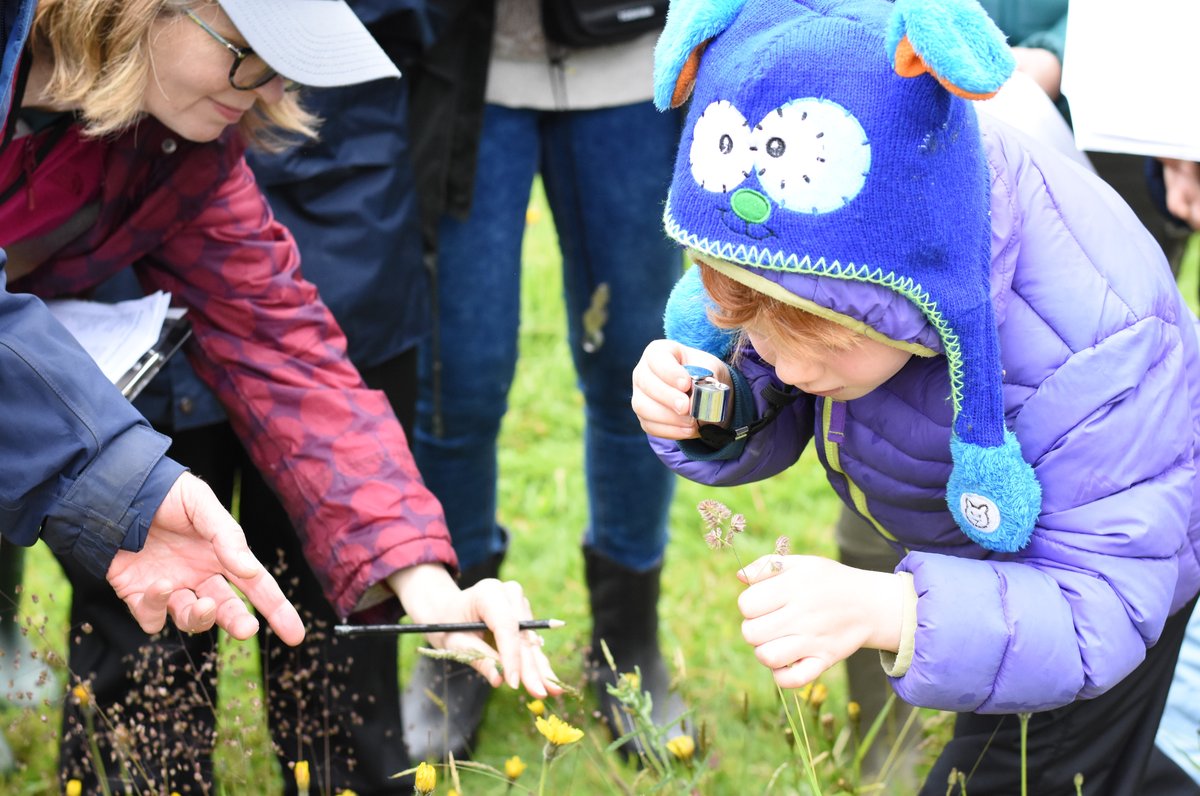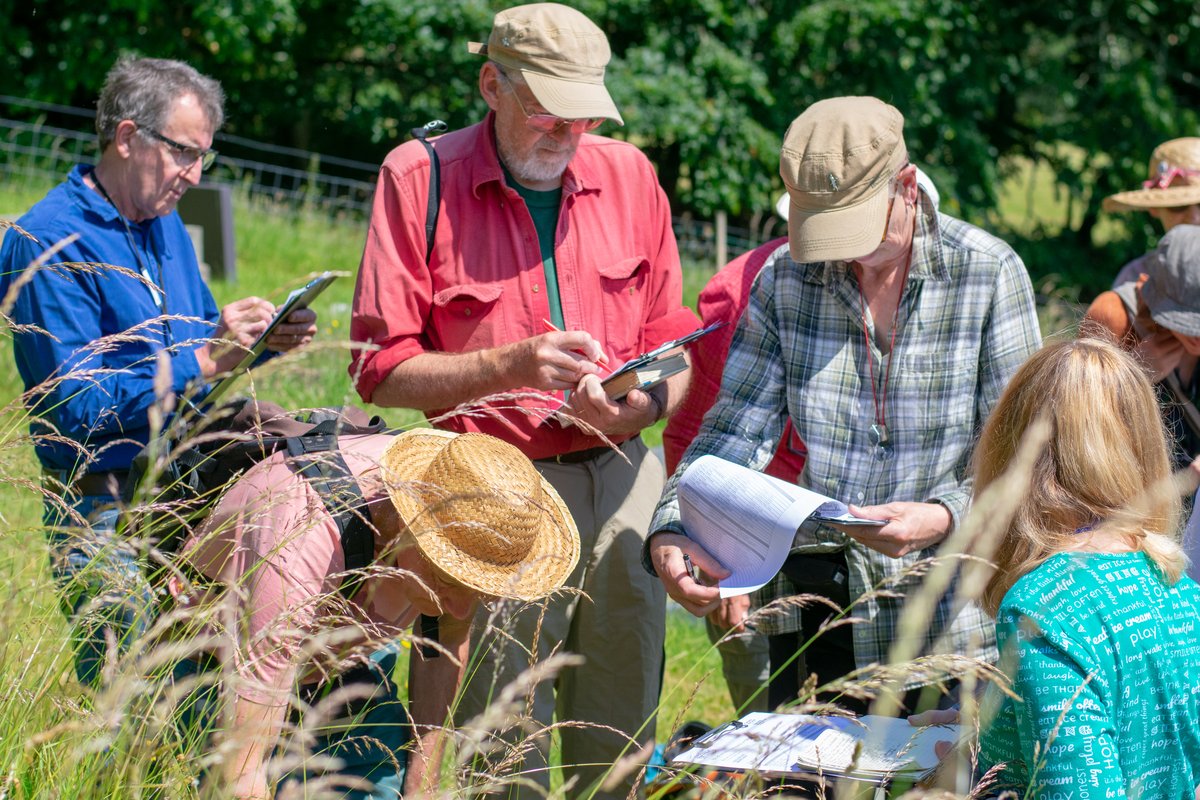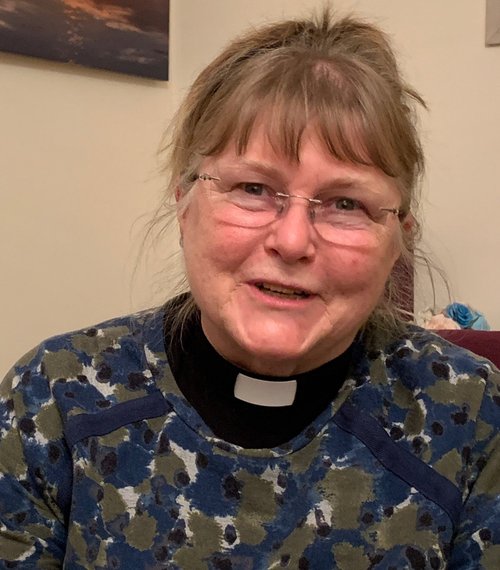Churches prepare to 'count on nature'

Churches and cathedrals across the country are preparing for the annual Churches Count on Nature event.
The ‘citizen science’ event - set to run between 4-12th June - will welcome people to churchyards and encourage them to record what animals and plants they see. That data will then be collated on the biological records hub, the National Biodiversity Network.
Last year more than 540 activities and events were organised by churches across the country. People submitted 17,232 recorded pieces of data on wildlife they saw, with 1,700 species recorded.
Churches Count on Nature is jointly run by the conservation charities A Rocha UK, Caring for God’s Acre together with the Church of England and the Church in Wales.
This year’s event will take place during the same week as Love Your Burial Ground Week (4-12th June).
The Bishop of St Davids, Joanna Penberthy, the Church in Wales’ lead bishop on the environment, is urging people to take part. She says, “As the Church in Wales works towards its net zero target, Churches Count on Nature is an easy and fun activity for people of all ages to take part in.
“It’s a chance to learn about and appreciate the precious world literally on our doorstep and realise our responsibility to nurture and protect it.
“I hope all our churches with burial grounds will register and take part this year and record what treasures of the natural world they observe.
Spot the amazing, discover the rare and enjoy recording all the plants and animals that you find.”

Graham Usher, the Bishop of Norwich and lead Church of England bishop for the environment, encouraged churches to start preparing.
He said, “Churchyards and gardens are an incredible home of biodiversity, making up thousands of acres of green oases in every community of the country. Last year, hundreds of parishes got their local community searching for insects and plants in their open spaces.
“This is a great outreach programme, and it also helps those working on the environment to understand better our natural world.
Last year, many parishes used Churches Count on Nature as an opportunity to reach out to its local community.
Andy Lester, from A Rocha UK, says, “Churches Count on Nature is a unique opportunity for those who love their churchyards and church spaces to take part in the largest ever nature count.
“With nature still in decline nationwide this count will provide valuable data on what is happening to wildlife.
“In turn that will help us to collectively work to take targeted action for nature’s recovery.”
Harriet Carty, Director of Caring for God’s Acre, says, “We are excited to be part of organising Churches Count on Nature again.
“Through initiatives such as this we are gaining more insight into the importance of churchyards and other burial grounds as refuges for nature. With more than 20,000 across England and Wales these special places have never been such crucial havens for wildlife.”
Churches Count on Nature
Find out moreBat hunts and moth traps – counting all things bright and beautiful

Our churchyards are teaming with life as the Revd Anne Beman (left) discovered when she and her parishioners from three rural churches near Cardigan, West Wales, took part in the Churches Count on Nature event last year.
Last year, I was keen to organise an event for the ‘Churches Count on Nature’, so I contacted the chairman of the local wildlife group, whose name is Paul Taylor. He kindly arranged a two-day event starting on Friday evening, when he showed us how to set up moth traps, and then we participated in an exciting bat hunt. Here in Llandygwydd Churchyard, on June 11, we were fortunate to see about 30 brown long-eared bats leaving their roost in the church. They were identified at a later date by their droppings.
On the Saturday morning, we checked the moth traps and identified some very beautiful specimens, with wonderfully interesting names such as the Brussel’s lace moth, the Lobster moth and the Blood Vein moth. Then we started a ‘bio-blitz’ survey in the churchyards. This involved photographing, identifying and recording all the wildlife we found, which included numerous flowers and grasses, trees, insects and one sole hedgehog. It was a great success, and we couldn’t have managed without the help and knowledge of the wildlife group members.
As well as highlighting the churches’ interest in caring for the biodiversity of our churchyards, the event also became an outreach activity. Quite a few of the local village community joined in, including some children. In total, there were about 20 of us, all following the Covid regulations of the time.
Since the survey, and on the advice of the Ceredigion Wildlife officer, who called in to see how we were getting on, mowing in certain areas has been decreased to twice yearly to allow wildflower meadows to develop and attract more insects.
And our plan for this year, is to repeat the two-day event and then compare the results.
The Revd Anne Beman is Assistant Curate in the Bro Teifi Ministry Area in the Diocese of St Davids.